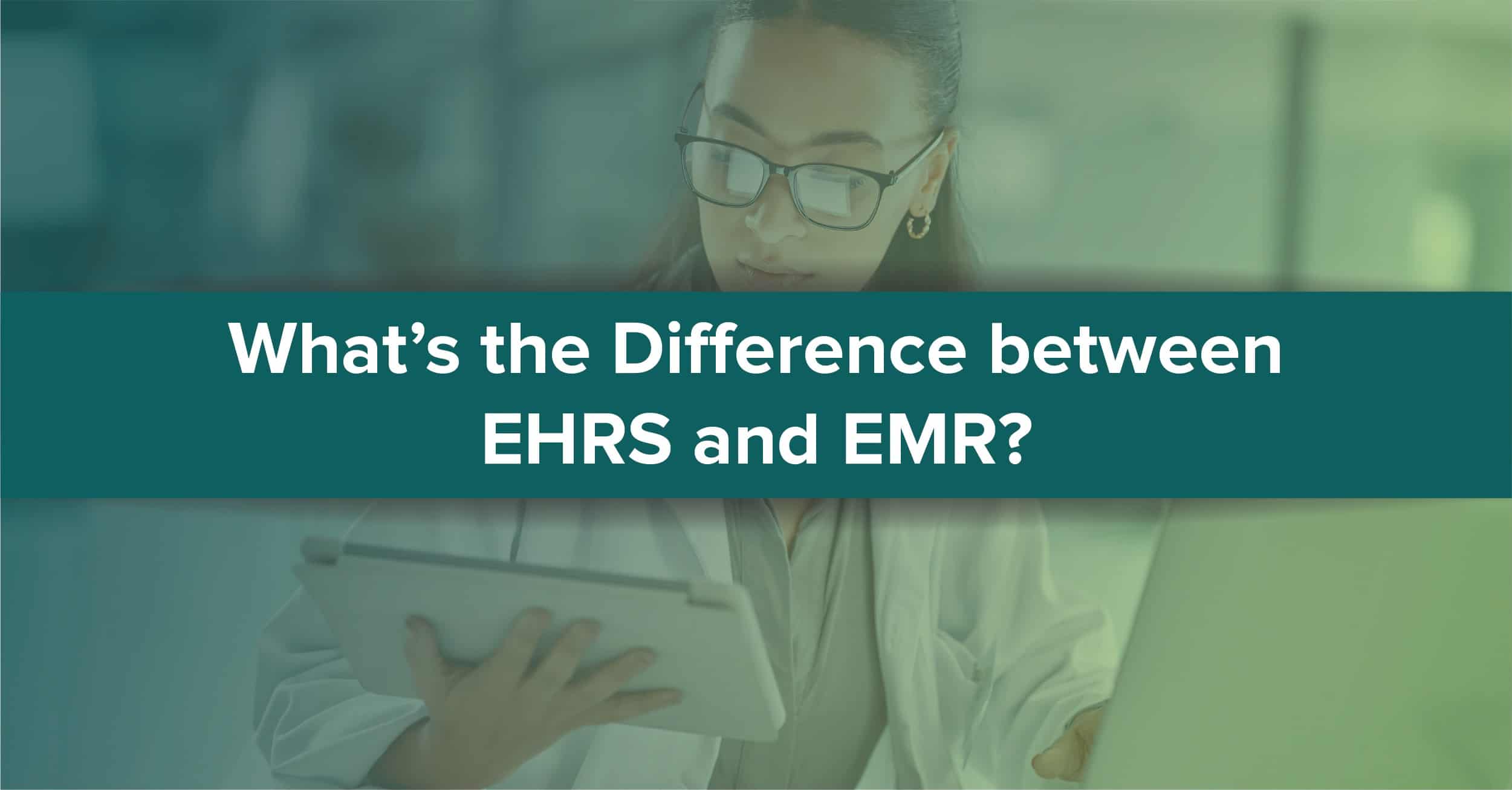
From Paper Files to Electronic Recordkeeping
The landscape of American healthcare has undergone a significant transformation, with the shift from paper files to digital records. Despite initial resistance, healthcare providers across the country, including doctor’s offices, clinics, hospitals, and nursing facilities, have embraced this change. The federal government has invested billions of dollars in the necessary software, hardware, and training to facilitate this transition.
However, this government-mandated shift to electronic record systems has not been without its share of confusion, particularly in the terminology used. Terms like Electronic Health Records (EHRs) and Electronic Medical Records (EMRs) are often used interchangeably in news reports, leading to misunderstandings. In this blog, we’ll discuss the difference between Electronic Health Records and Electronic Medical Records.
Understanding EHRs and EMRs
An Electronic Health Record (EHR) provides a comprehensive digital overview of a patient’s entire medical history. It goes beyond the current chart and is designed to be shared among medical practitioners across different healthcare facilities. EHRs encompass everything a doctor needs to know about a patient’s health history, including family history, immunization records, allergies, procedures, radiological imaging, and lab reports.
In contrast, an Electronic Medical Record (EMR) is a digital version of a patient’s chart maintained by a single healthcare provider. It contains a patient’s history but focuses on the activities of a specific primary care provider, specialist, dentist, surgeon, or clinic. EMRs facilitate healthcare providers in tracking a patient’s progress over time, providing timely reminders for appointments and periodic checkups, and ultimately enhancing patient care.
The difference between EHRs and EMRs can be understood by considering the terms “health” and “medical.” A health record provides a broad view of the patient’s medical history, while a medical record is confined to a single provider’s perspective of the patient’s medical history.
Distinguishing Features of EHRs and EMRs
EHRs are designed to be shared by multiple providers at various service points, enabling a patient’s medical history to accompany them across specialty practices, labs, pharmacies, emergency rooms, radiological facilities, and even across state lines. On the other hand, EMRs are intended for use by providers at a single service point.
The Benefits of Electronic Records
Both EHRs and EMRs have led to measurable improvements in medical care. They ensure complete and accurate information for diagnoses, allow for quick and precise updates to medical information, and eliminate the need for numerous addendums to records. The clarity and completeness of patient records are no longer limited by a doctor’s handwriting. Shared information can prevent duplicate tests, saving time and money, and aiding in timely diagnoses. Broader access to patient records reduces the risk of inappropriate prescriptions and drug interactions. Electronic record systems can also be used to encourage patient participation in care.
While there is room for improvement in electronic recordkeeping, its adoption has led to measurable reductions in care costs and significant improvements in patient outcomes. The transition to electronic recordkeeping has proven to be a valuable investment in the future health of our nation.
Learn more about medical canvassing!
ChartSwap FAQ
How Can Electronic Health Records Improve The Efficiency Of My Staff?
Medical Practice Efficiencies & Cost Savings
Electronic Health Records To Facilitate Clinical Research
Why The Promise Of Electronic Health Records Has Gone Unfulfilled
What It Means To Be A Secondary User Of Health Record Data






